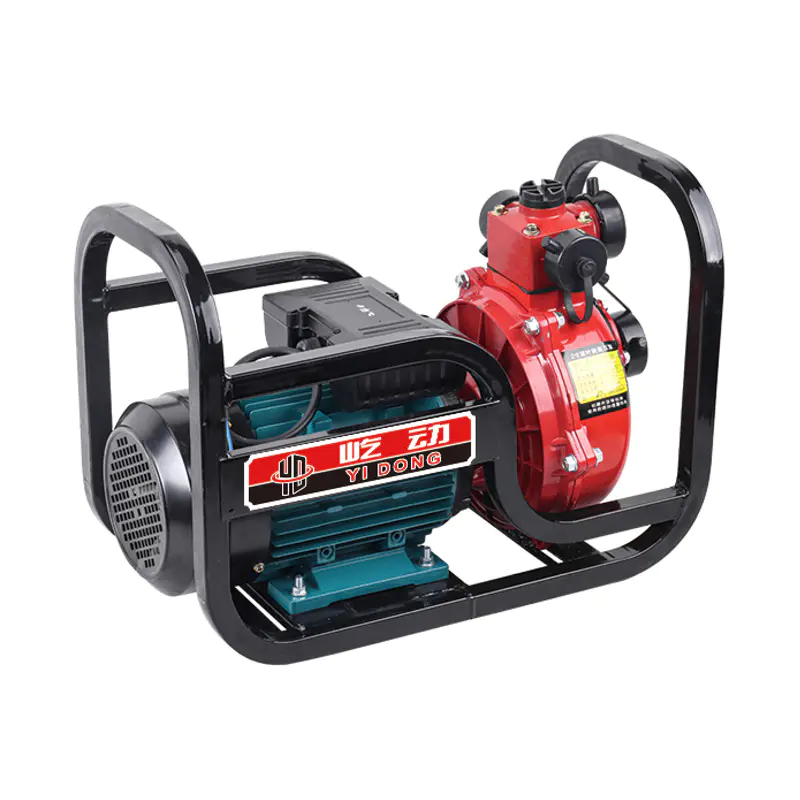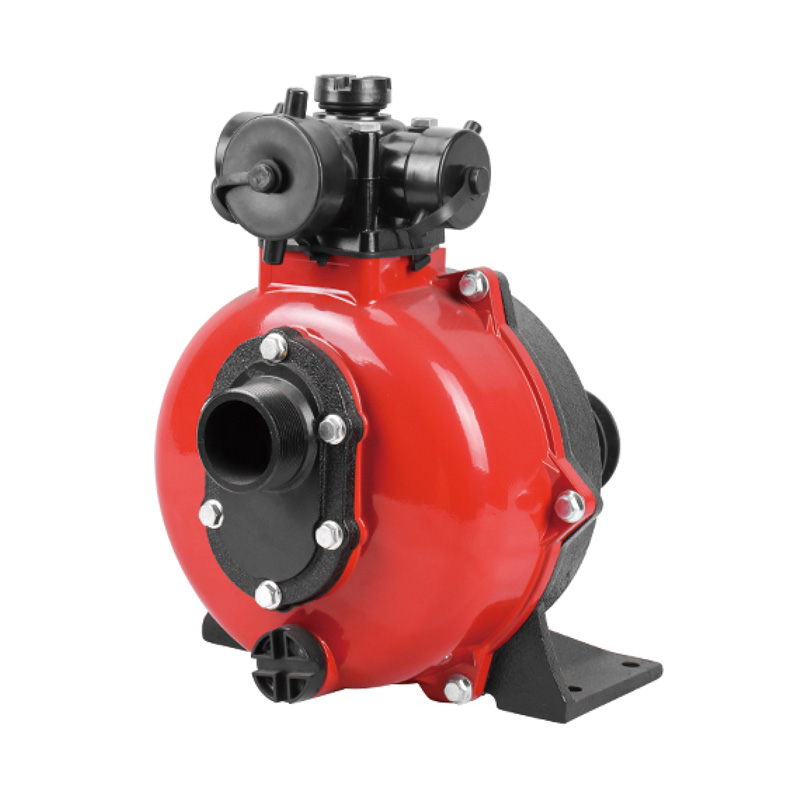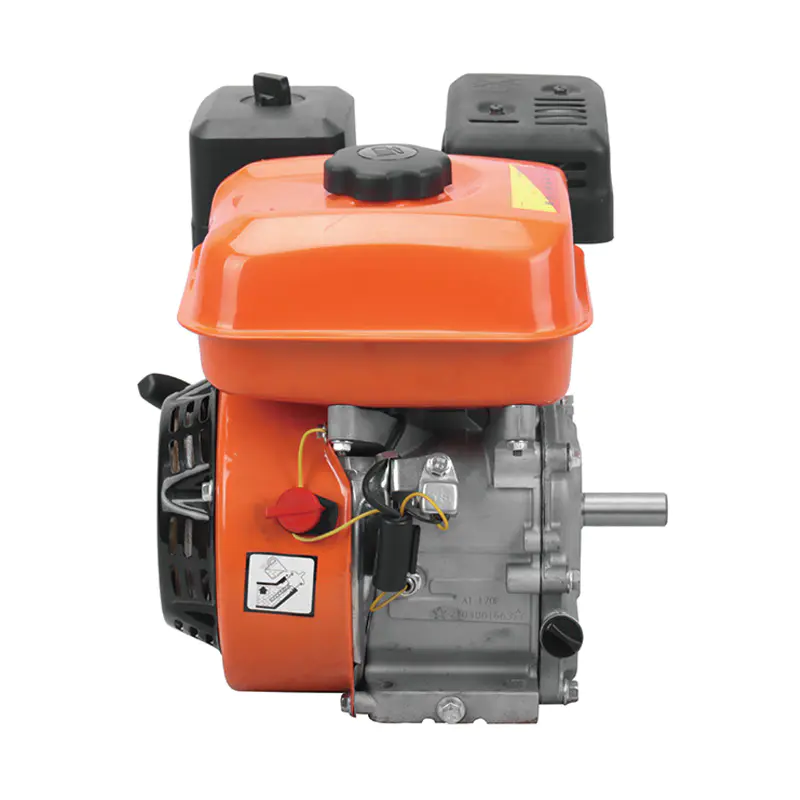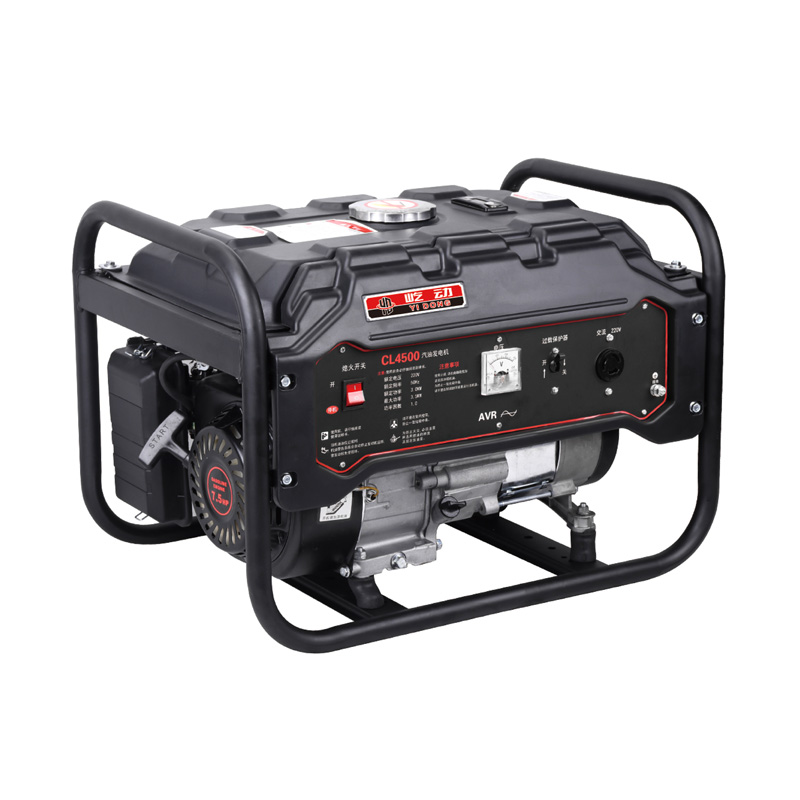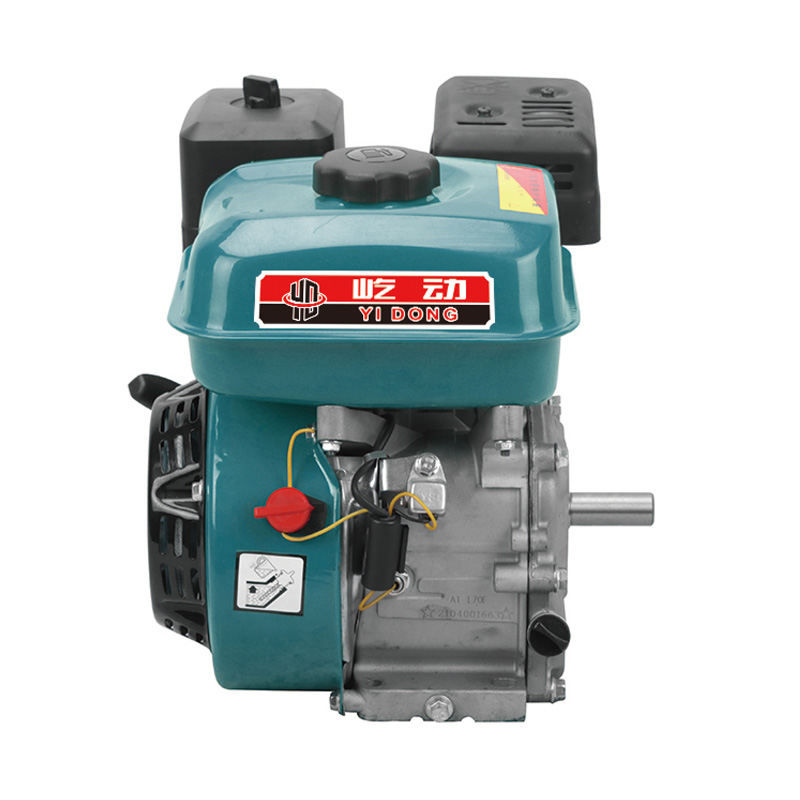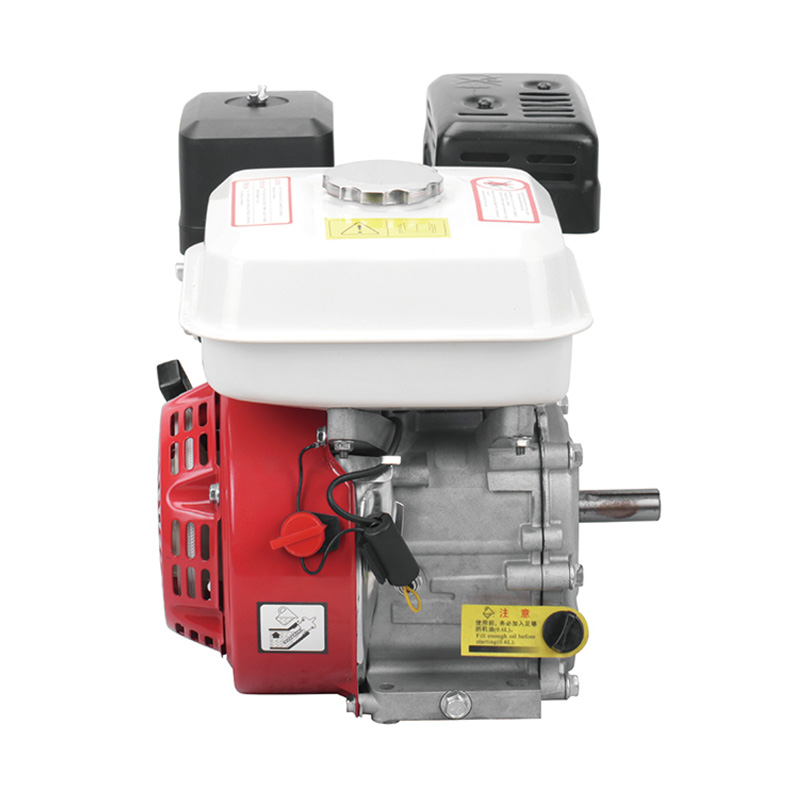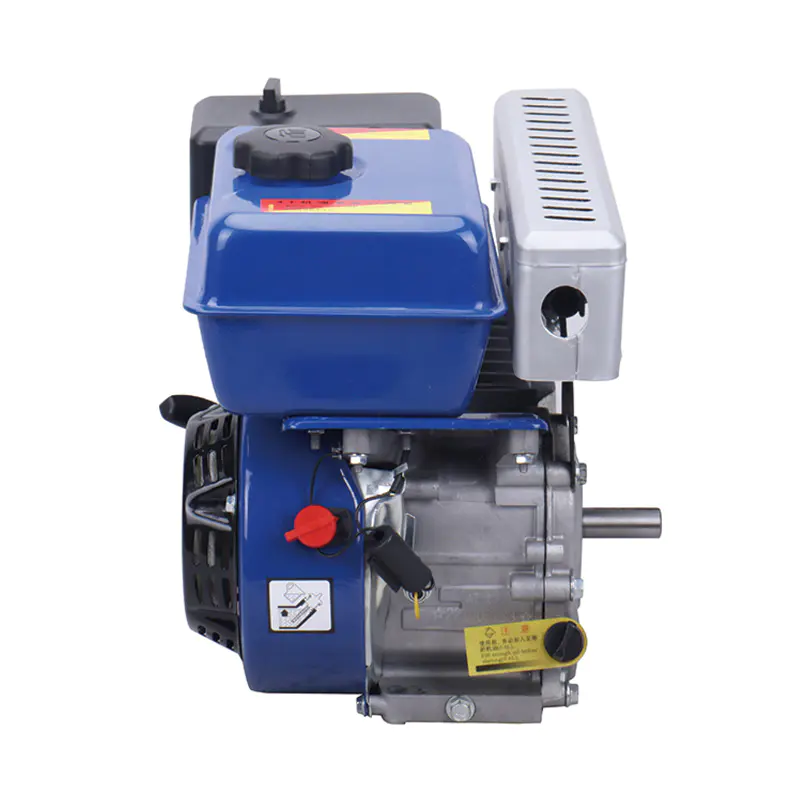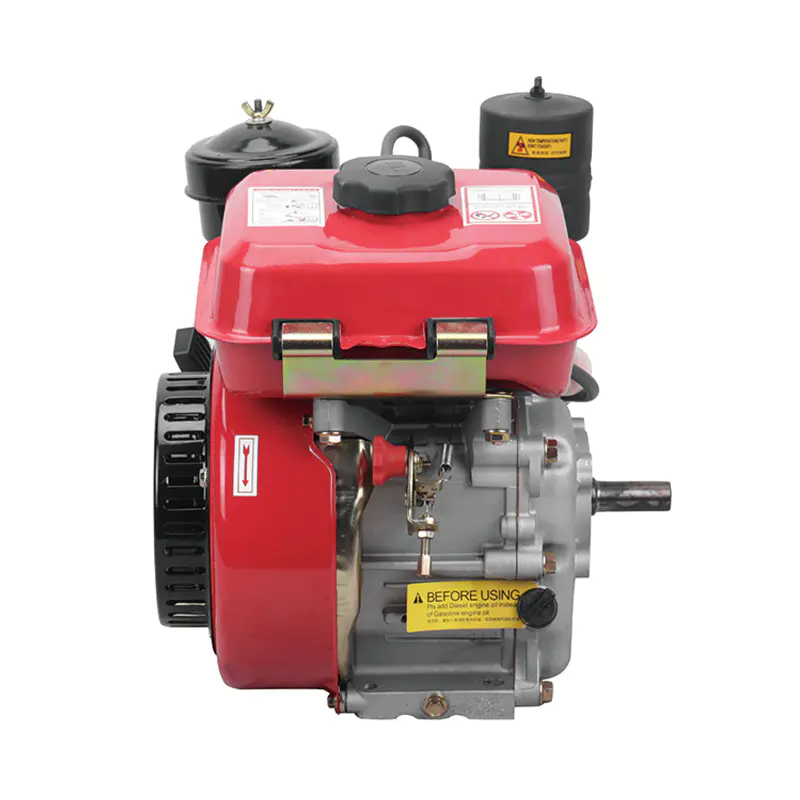The electric submersible water pump is a marvel of modern engineering, designed to operate hundreds of feet below the ground to provide a reliable water supply for homes, farms, and industry. Its ability to function reliably under immense pressure and in a completely submerged environment is a testament to a precise and meticulous manufacturing process. The production of this specialized pump is not a simple assembly line task but a multi-stage operation that integrates advanced metallurgy, precision machining, and rigorous quality control. Each component, from the powerful motor to the intricate impellers, must be crafted to exacting standards to ensure longevity and performance in one of the demanding applications.
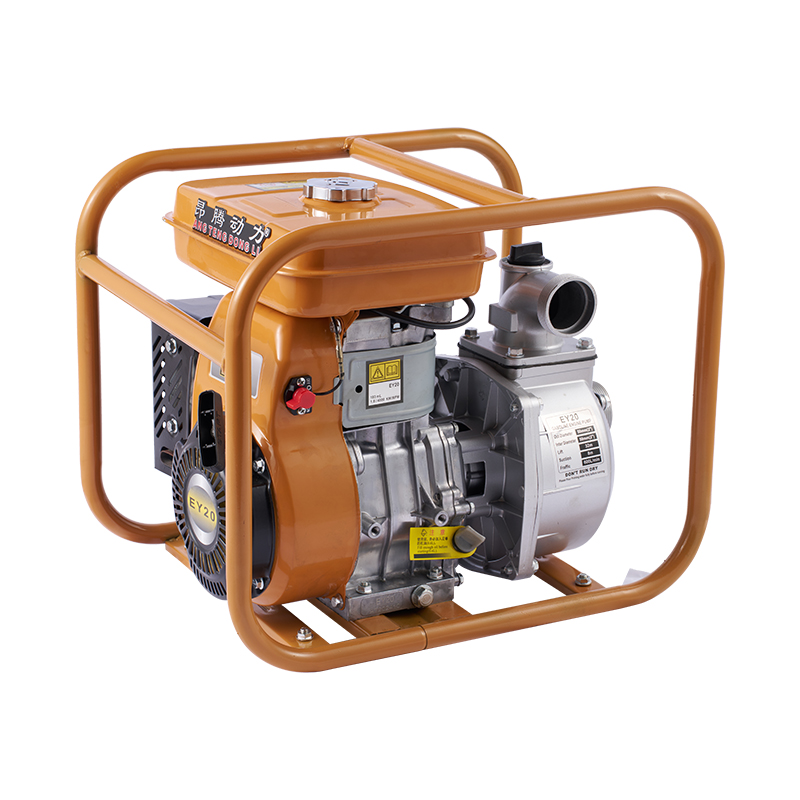
From Design to Core Components: The Foundational Stages
The journey of a submersible pump begins long before metal is cut, with a phase dedicated to planning and creating its vital parts.
Step 1: Detailed Engineering and Design Specification.
The process is initiated by a team of engineers who define the pump's performance parameters, including its desired flow rate (gallons per minute), total head (lift capacity), horsepower, and intended well casing diameter. Using sophisticated computer-aided design (CAD) software, they create digital models of every component. This stage also involves material selection, determining the specific grades of stainless steel, corrosion-resistant alloys, and engineered polymers that will ensure durability against abrasive sand and corrosive elements in the water. Computational Fluid Dynamics (CFD) software is often employed to simulate water flow through the pump stages, optimizing the impeller and diffuser designs for efficiency and minimal cavitation.
Step 2: Precision Manufacturing of the Pump Stages.
The heart of the pump is its multi-stage assembly, where each stage consists of an impeller and a diffuser. The impellers, which are the rotating components that impart energy to the water, are typically injection-molded from high-grade, abrasion-resistant plastics like Noryl or polysulfone. The process involves heating the polymer pellets until molten and injecting them into precision-machined molds under high pressure. Once cooled and solidified, the impellers are de-molded and inspected for any flaws. The diffusers, which are the stationary components that convert the water's velocity into pressure, are often cast from stainless steel or a similar durable alloy. These castings are then machined to achieve smooth, precise waterways that guide the fluid efficiently from one stage to the next.
Assembly, Integration, and Validation: The Final Phases
With the core components manufactured, the focus shifts to the careful assembly of the unit and the critical testing that guarantees its performance and safety.
Step 3: Motor Assembly and Seal Integration.
In a parallel workflow, the pump's hermetically sealed electric motor is constructed. The rotor and stator, wound with high-quality, moisture-resistant copper wire, are assembled with care to ensure balance. A crucial sub-assembly is the creation of the mechanical seal system, which is the primary barrier preventing water from entering the motor chamber. This often involves multiple seals, sometimes with an intermediate oil-filled chamber that lubricates the seals and provides a protective buffer. The motor is then sealed within a stainless-steel housing, and its integrity is verified.
Step 4: System Integration and Final Assembly.
The pump stages are stacked onto a central stainless-steel shaft, separated by the diffusers, and housed within the pump's outer casing. This stack-up is carefully aligned to ensure smooth rotation and prevent internal friction. The assembled pump end is then bolted to the motor assembly, creating a single, continuous unit. Electrical cables, protected by a robust, waterproof jacket, are connected and secured to the motor. The entire unit is fitted with a intake screen to filter out large debris and a check valve is often incorporated into the discharge head to prevent backflow, which protects the pump from water hammer and reverse rotation.
Step 5: Comprehensive Performance and Endurance Testing.
Before any pump is approved for sale, it undergoes a series of stringent tests. Each unit is submerged in a test tank and operated under conditions that simulate a deep-well environment. Technicians monitor its performance, checking for specified flow and pressure metrics, while also verifying amperage draw to ensure electrical efficiency. The test run also serves as a final check for leaks, unusual vibrations, or noises that might indicate an assembly issue. This rigorous validation process is essential to confirm that every pump leaving the facility is capable of delivering reliable, long-term service, providing peace of mind to the end-user who depends on a consistent and deep water source.



 English
English русский
русский Français
Français Español
Español عربى
عربى